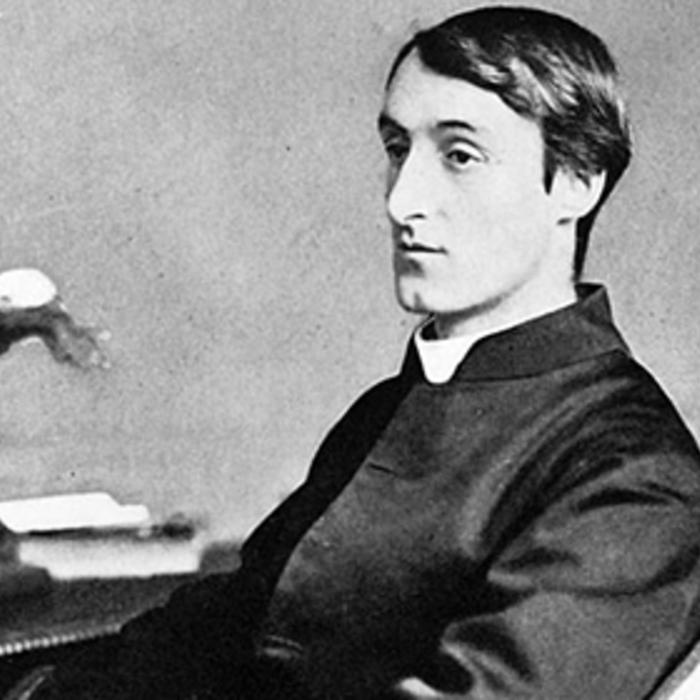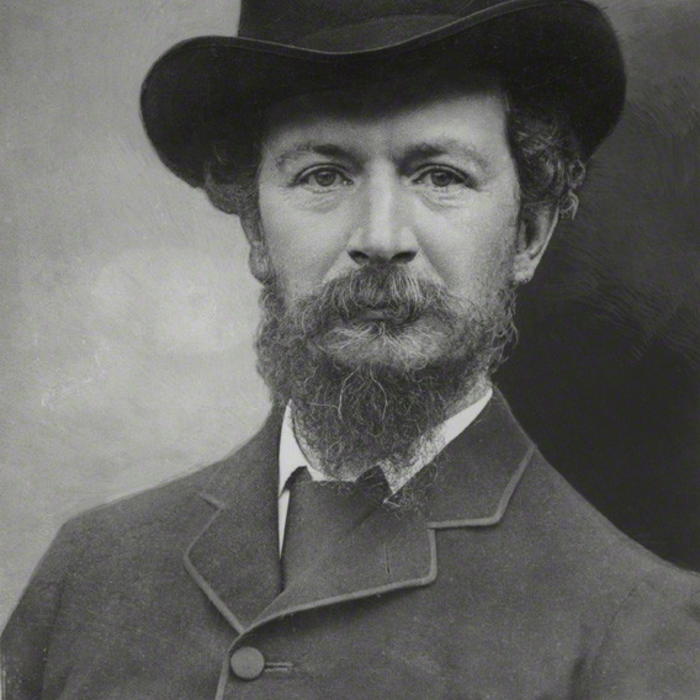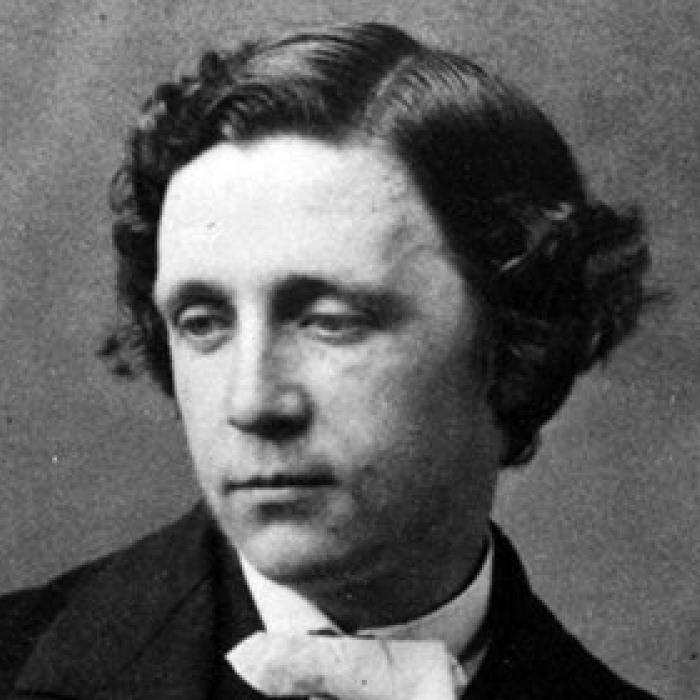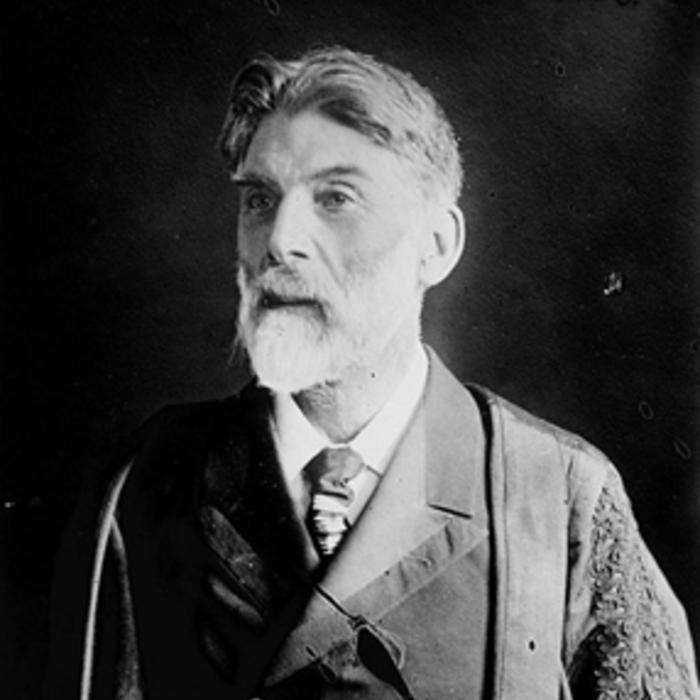Edward Lear
Edward Lear, the British poet and painter known for his absurd wit, was born on May 12, 1812, in Highgate, England, a suburb of London, and began his career as an artist at age fifteen. His father, a stockbroker of Danish origin, was sent to debtor’s prison when Lear was thirteen, forcing the young Lear to earn a living. Lear quickly gained recognition for his work and, in 1832, was hired by the London Zoological Society to execute illustrations of birds. In the same year, the Earl of Derby invited him to reside at his estate; Lear ended up staying until 1836.
Lear’s first book of poems, A Book of Nonsense (Routledge, Warne, and Routledge, 1846) was composed for the grandchildren of the Derby household. Around 1836, Lear decided to devote himself exclusively to landscape painting, although he continued to compose light verse. Between 1837 and 1847, Lear traveled extensively throughout Europe and Asia.
After his return to England, Lear’s travel journals were published in several volumes as The Illustrated Travels of a Landscape Painter. Popular and respected in his day, Lear’s travel books have largely been ignored in the twentieth century. Rather, Lear is remembered for his humorous poems, such as “The Owl and the Pussycat,” and as the creator of the form and meter of the modern limerick. Like his younger peer Lewis Carroll, Lear wrote many deeply fantastical poems about imaginary creatures, such as “The Dong with the Luminous Nose.” His books of humorous verse also include Nonsense Songs, Stories, Botany, and Alphabets (James R. Osgood and Company, 1871) and Laughable Lyrics: a Fourth Book of Nonsense Poems, Songs, Botany, Music, &c. (Robert John Bush, 1877).
Edward Lear died on January 29, 1888, in San Remo, Italy, at the age of seventy-six.






